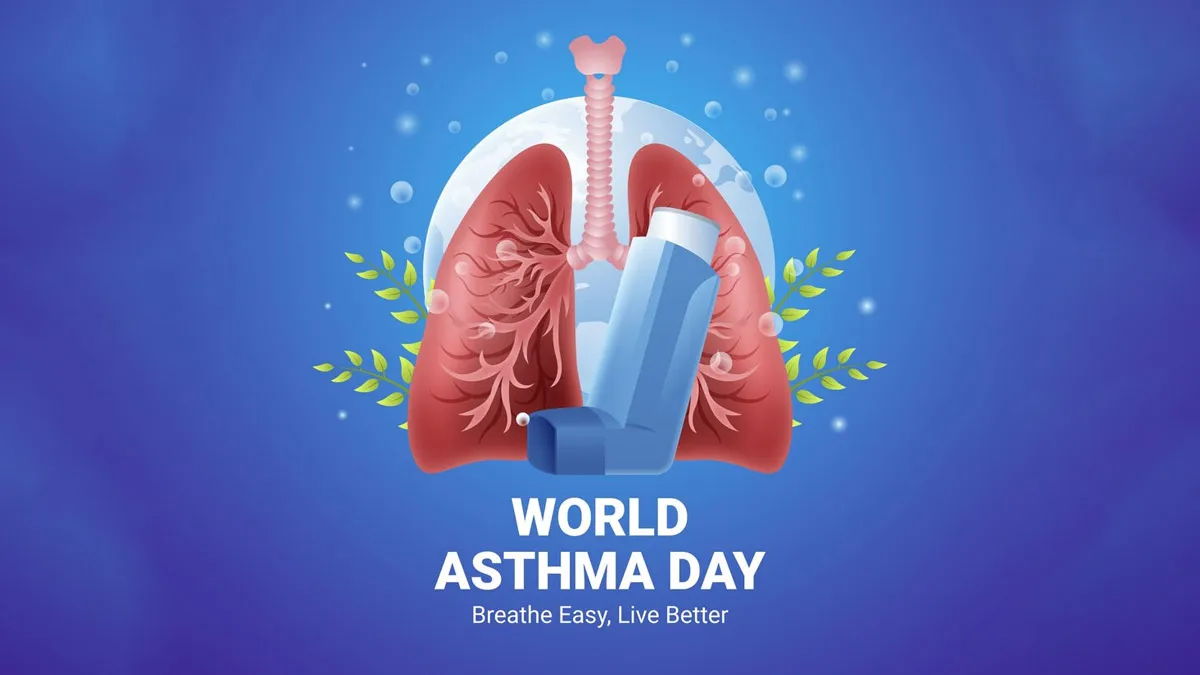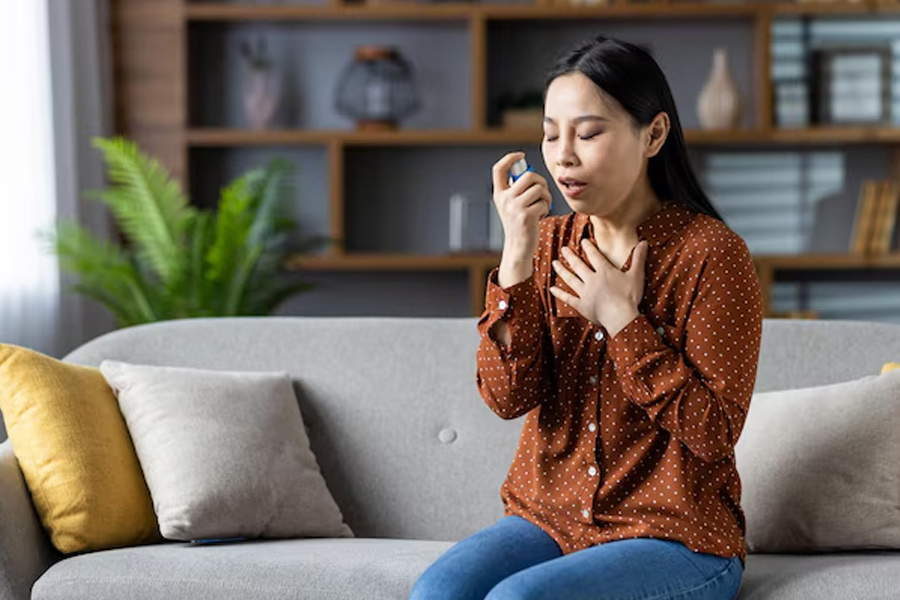
Is Indoor Air Quality Triggering Allergies And Worsening Your Asthma And Lungs? Expert Shares Insights
Your home's indoor air might be secretly sabotaging your lung health. Let us understand the hidden dangers of indoor air pollution and learn tips to help us breathe better!
According to the Global Burden of Disease GBD report, India has over 30 million people who suffer from asthma. This alarming number raises a question: Are we overlooking indoor air as one of the most pervasive triggers of asthma?
While outdoor pollution is often included in conversations around respiratory health, we tend to ignore the indoor air quality, which can be up to 10 times worse. Invisible allergens present indoors, like dust mites, pollen, pet dander, and VOCs may silently trigger asthma symptoms. Dalila El Zein, Dyson Senior Research Engineer, shares how we can improve the air we breathe inside, which may reduce exposure to harmful allergens and create a healthier home.

The Hidden Dangers Of Indoor Allergens
One may think that when you are indoors, you are safe from allergies. However, allergens present inside our homes can trigger nasal congestion, sneezing, asthma flare-ups, and skin irritations, causing discomfort in the respiratory system and skin.
Many are unaware of the role indoor allergens play. The Dyson Global Dust Study 2023 revealed that 60% of people don’t associate household dust with asthma symptoms. With allergens being influenced by seasonality, habits, and cleaning methods, it’s important to take steps to prevent them from accumulating indoors.
1
2
3
4
Look For Potential Triggers In Your Home
Indoor allergens don’t always originate indoors; they often hitch a ride on clothing, shoes, or pets and settle into our homes. During the dust mite breeding season, which takes place between May and October, female mites may lay between 60-100 eggs, increasing allergen levels in mattresses and upholstery. The Dyson Global Dust Study 2022 stated that 1 in 5 people wear shoes indoors, while 2 in 3 don’t change clothes upon entering. These everyday habits let the allergens into your homes. Adopting simple changes, such as removing shoes and changing clothes after returning home, can drastically limit the introduction of allergens into the home.
Cleaning smarter
Many people may not be aware that traditional cleaning methods, such as brooming and dusting, often disperse dust particles into the air and make allergies worse. Vacuuming with machines with advanced filtration systems is far more effective, such as the Dyson vacuum cleaners. HEPA filtration technology is engineered to capture 99.99% of microscopic particles, ensuring allergens are removed from floors, upholstery, and mattresses rather than floating back into the air.
Additionally, you can also adapt the following cleaning practices:
- Use damp cloths for dusting so that they trap particles effectively and don’t redistribute it in the air.
- Vacuum regularly, covering every nook and corner, especially overlooked areas such as sofas, cushions, and mattresses, which are allergen hotspots.
- Vacuum when allergy sufferers aren’t present.
By adopting smarter cleaning routines, you can significantly reduce allergen buildup and create a healthy home.
Ventilate Your Home Without Letting Allergens In
You may prefer opening windows to freshen your space, however, it can also welcome outdoor allergens inside. A more strategic solution? Invest in an air purifier.
Air purifiers are equipped with advanced filtration systems that remove 99.95% of particles as small as 0.1 microns, creating a cleaner, healthier indoor environment. Some air purifiers also have built-in intelligent sensors that monitor air quality in real time and automatically adjust performance based on pollution levels. This helps users to stay ahead of allergen spikes and breathe easier every day.
By addressing both airborne allergens and indoor contamination, purifiers help create a space where everyone, especially individuals prone to allergies, can breathe easier.
A call for cleaner air
Let’s challenge the misconception that staying indoors protects us from allergens. To safeguard ourselves from allergens inside our homes, we must adopt the right habits and advanced technology, transforming our spaces into havens for better health and well-being.
If you liked this story, then please share it. To read more such stories, stay connected to HerZindagi.
Image Credits: Freepik
Also watch this video
Herzindagi video
1
2
3
4